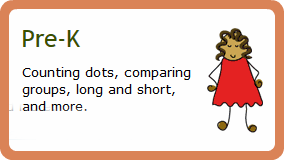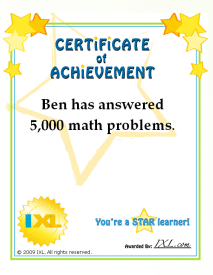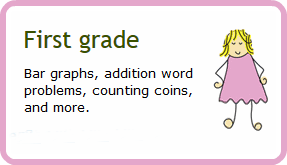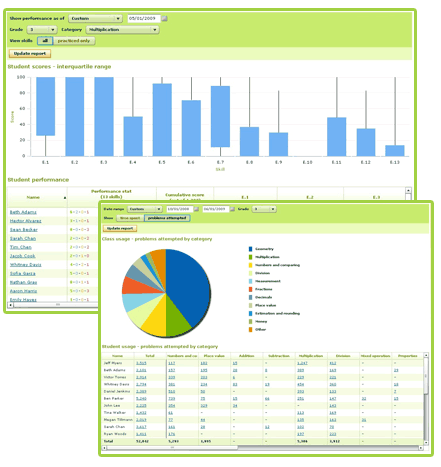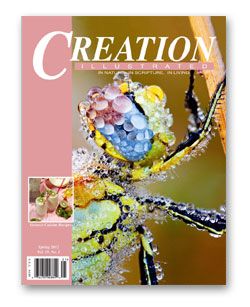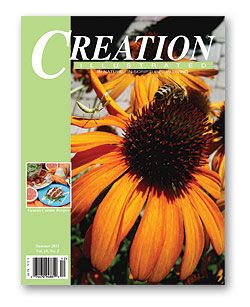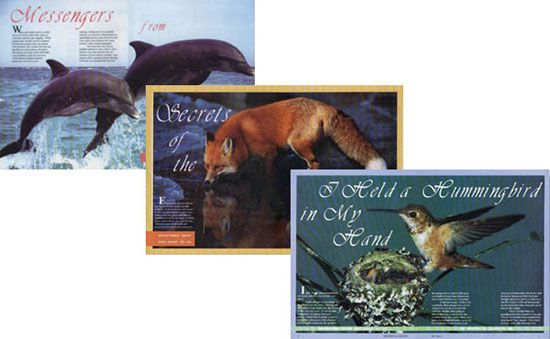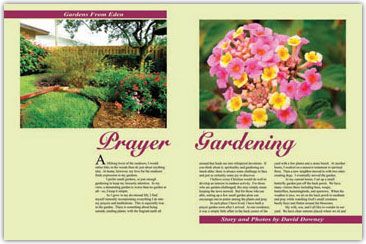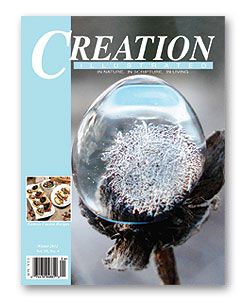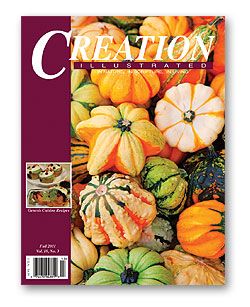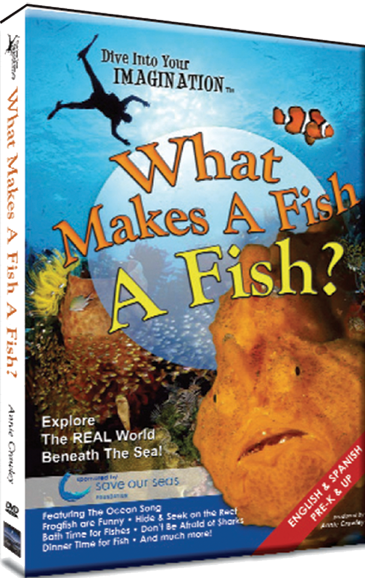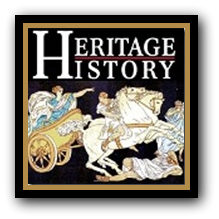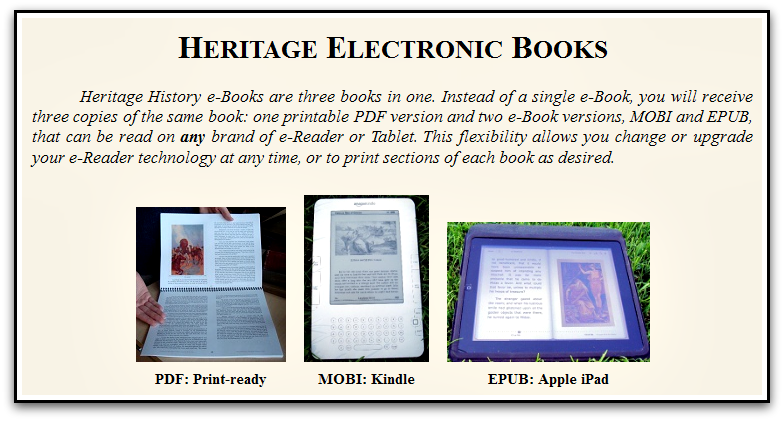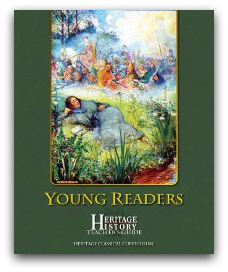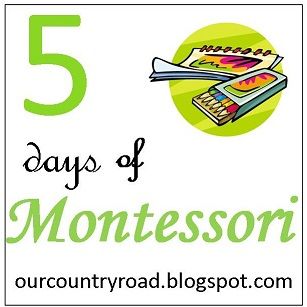Lesson Planning is a little different in a Montessori setting, but it is very important. The most important roll of the mom/teacher in the Montessori classroom has to be prepared. We discussed the Prepared Environment on Tuesday, and this preparation is just the beginning of the need to be one step ahead of your child. Depending on the needs and age of your child, the preparation will look a little different. The first preparation I had to do for all of my children was to read about each of the materials. Knowing how and when to present them allows you to be ready when your child asks you to show it to them.
The best way for me to explain this is to tell you how I prepare for each of my children. They are each in different spots in the Montessori journey and will give you a good feel for how it might look from 4 different ages.
How I prepare for Mini Cooper:
Mini Cooper is 2 1/2 years old. She is at the very beginning of the Montessori age range. Some Montessori schools require age 3, but the Montessori method does allow for a 2 1/2 year old in the very early lessons. For her, 'school' is really just another play time. At this age, it should be just that. I place the materials on the shelf and encourage her to choose the things that interest her.
When she wants to learn a new material, I determine whether or not she has learned the materials before it. If so, I will give her a presentation. If she hasn't, I might recommend trying something else first.
If she is walking around seemingly looking for something to do, I will recommend things to her. Sometimes she tries my ideas and sometimes she does not.
If she asks me to do a lesson with her, she usually wants to explore the Alphabet Box. She loves to look at the little objects and learn new words with me.
The toddler area in our classroom is mostly for her. It contains a wooden doll house and some wooden blocks. There are times when she just wants to play, and that's OKAY.
For Mini, my planning includes:
*knowing what materials she has mastered
*being ready to present the next when she asks
*being careful to provide eye catching and easy to use trays in the Practical Life area
Because I am working with Charger or Mustang, Mini Cooper is often left to herself for much of our school day. I hope that this will develop into my first true 'Montessori Child' who is able to choose works and work independently for hours at a time. I am excited to watch her develop!
How I prepare for Charger:
Charger is 4 1/2. He is right in the middle (age wise) of a Montessori cycle. He is currently in a sensitive period for building and language. I know this, because I observe what he chooses to work with.
Over the last week, he has chosen to work with the sensorial materials every day. He doesn't want to know what each one does, but he wants to know how he can use them TOGETHER.
We watched a science video on Monday, and on Tuesday Charger was trying to create Incline Planes with the Red Rods and the Number Rods. It would probably be a good time for me to put out some additional extension cards for the different sensorial works we have out. I also suspect this means he is ready for more challenging sensorial work and would enjoy working with the Binomial Cube. Time to place an order :).
Charger entered his language sensitive period almost overnight. He went from not caring about words or letters to all of a sudden waking up in the middle of the night to ask me how to spell a word. Seriously. This is one reason to be a step ahead. The interest can be sudden.
I first brought out the Sandpaper Letters, but quickly learned that he already knew all the letter sounds and wasn't the least interested in learning to WRITE his letters. He wanted to know how the letters went together to make words! I decided to try out the Moveable Alphabet and start him on the word drawers available from
My Montessori Journey. This turned out to be exactly what he needed. {Steve isn't one of the pictures, he was thinking about Steve on Blue's Clues}.
It is okay to try and encourage a certain material, but be careful not to force a material on a child if it really isn't working at that time. Maybe they aren't ready yet, or maybe they are actually beyond that work.
I do a lot of one on one work with him. I find the best way to get him to work on something is to sit with him and answer questions along the way. Some work he is very able to do alone (the sensorial work), other work, such as math and language, he wants me to help him. I request that he work on at least one math or language work each day. I ask that he takes turns between the materials.
There are days that he doesn't want to do anything but play with Mini Cooper's toddler area. In this case, I usually request that he complete 2 works before playing. If he is still not willing, I will give him the choice of 2 works and then do it with him. It seems that sometimes he just needs a push to get him going.
For Charger my planning includes:
*Having 2 word drawers a week laminated and ready for him
*Having two math presentations ready and any materials needed available
*Watching and listening to him both in and out of the classroom to be ready for his next sensitive period. (BTW he is just starting to think about a writing period)
How I prepare for Mustang:
Mustang is 6 1/2 years old. She is at the very end of the Montessori Primary cycle and will be moving to the Elementary cycle in August (or thereabouts). She is my biggest challenge, but really the most fun!
She is the first born of a first born, and quite stubborn. She is also really wanting to be more independent, but I often find her making poor choices in the classroom. If given 100% freedom, she chooses the dollhouse and blocks every.single.time. It's easy, it's fun, and usually her sister will join her so she gets to be IN CHARGE. Mmm, hmmm.
I know her personality would have benefited from a real Montessori experience because she would have other students to compete with. As it is, she is currently at the 'head of the class' and doesn't have to try and learn something before the next person does. This seems to turn into an I don't care additude.
Come June, we will be adding in the Montessori work contract. A contract is written between the teacher and the child. They decided, together, what work a child needs to do in a given week. As the child completes this work, they complete their contract. Mustang is ready for this.
As it is, I currently give her a list of things each day that she needs to complete. She does a good job of completing them and I think she would enjoy getting to be part of the list making process.
I request she does at least one language work and one math work each day. She is working through the
Blue Reading Series (for spelling),
All About Reading Level 1 (for reading),
First Start Reading book B (for handwriting), and
Write Shop Junior Book A (for creative writing). She likes book work, and for the two of us curriculum seems to be a good thing to bring into the mix for language. Moving forward, she will be requested to complete 2 language works each day, alternating between the four areas.
My responsibility at this point is to encourage her to use her time wisely in the classroom. I also try to make statements that encourage her to find the answer. For example, the other day I mentioned to her that the Knobless Cylinders and the Cylinder Blocks can work together. She was quick to go find out how.
For Mustang my planning includes:
*LOTS of reading and research about the next steps in the Montessori Method (specifically Elementary)
*Preparing to present 4 math works each week
*Having the materials ready for her to complete her language lessons each week
*Encouraging her to make good decisions in the classroom
*Plan activities to allow her to be a leader, helping to turn her need to be bossy into a positive thing
How I prepare for Explorer:
Explorer is 7 1/2 months old. She would not be in a regular Montessori school setting, but as a homeschool family she is there some of the time (sometimes she is sleeping).
For her, I am trying to come up with things :). I have been providing her with interesting, safe, objects to explore. These are wood or cloth. As she becomes more mobile, it will be important to watch out for her safety as well. I intend to purchase more baby Montessori materials (yes they exist!), and also begin using her as my starting point for developing a more Montessori friendly home.
How I prepare for my children as a whole:
We do Bible and Culture lessons as a group. I found a wonderful site called
Just Montessori. The owner, Lisa, is a Montessori teacher and has graciously posted her entire culture Curriculum-lesson by lesson, including photos! I have just been following step by step. It has saved me so much time!!
For Bible, we are now following the Judah Bible Curriculum and continuing to create Bible Activity books.
We begin our class time with a Bible story or devotional and then move into our Culture lesson for the day. I try to have one or two works a week that Mustang and Charger are required to complete. I also prepare one or two activities that are geared more towards Mini Cooper and are optional for Mustang and Charger.
A typical class time for us goes something like this:
*'Circle Time'-Bible story or devotional, memory verse
*Culture lesson
*Work period, mom works with one child on a presentation. This first person changes from day to day, we have a rotation of who gets to {or has to} go first.
*Work period, switch who mom works with
*Continue on the work period, switch again
I try to allow three hours for work, but sometimes it is only 2. Some days, it is obvious that 3 hours are not going to work, other days 3 is easily doable.
One thing I have found that helps us a lot is music! This has been a LIFESAVER for ME!! I find that playing soft music in the background helps me and my patience more then anything. Obviously, my mood greatly influences the success of the day and I am always looking for ways to relax.
I also allow the children to get one snack per class time, but they need to ask if anyone else wants one and bring enough for others.
During class time, if I see that one of the children would benefit from a lesson, I write myself a note. If it is something I am ready to present, I will do it right then. If not, I will look it up that night and be ready the next day.
On Sunday, I look over the both the
Gettman Scope and Sequence and the
Monteaco Scope and Sequence. I look over them with each child in mind, to see if they are ready for the next works on the list. If they are ready, I spend time reading over those presentations so that I am ready for them. If they are not ready, I think over what (if anything) I can do to help them get ready for the next work. If we don't have the materials for the next work, I try to place an order. I also prepare any materials needed for our Culture lessons and Bible lessons. I put anything I need (storybooks, 3 part cards, etc) in a bin and draw from it all week. If we don't get to something, I carry it over to the next week.
It took me a little while to get used to the way a Montessori work period flows. But, once I did, I really enjoyed the relaxed atmosphere of allowing the children to learn freely without me trying to make them sit still and listen. It has made me begin to truly enjoy teaching my children at home.
I hope that my blogging over the last 5 days has been helpful to you! I do have one more topic, internet resources, that I will be blogging about on Monday. I'd also love to add to these topics if you have any questions you'd like me to cover!
Thank you so much for joining me! I hope you will check out the 5 Days of Blogging that my fellow TOS Review Crew members have been doing.
Enjoy and God Bless!!



